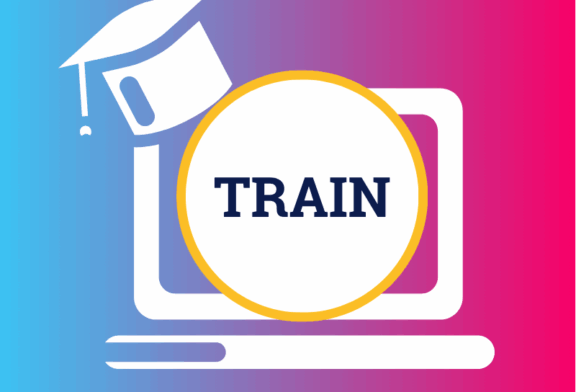Understanding the needs and requirements of employees’ health and well-being is crucial if you want to ensure a healthy and productive workplace. If work-related stress or illness gets out of hand, the costs to businesses can be high.
Return to work interviews can help provide you with a clear path to finding a solution for employees who are suffering from increased absence rates and help prevent recurring problems from developing. Here’s how you can structure your interviews to get the best results.
Work-related stress, mental and physical health management, and employee well-being all affect rates of absence, and companies can take a variety of actions to mitigate against potential losses in productivity.
The median annual absence cost per employee was £570 in 2017, so businesses that adopt measures such as health promotion, stress counselling, risk assessment and the provision of health care and dental services can potentially offset these costs across the workforce.
One of the most commonly used methods for combating absence rates is the return to work interview. Effective for dealing with both short- and long-term absences, the return to work interview has been proven to cut sickness absence rates.
A study from Employment Review revealed that two out of three employers believed that return to work interviews cut absence rates, while a survey of 182 organizations revealed that 64% of human resources practitioners felt that they were effective. Manufacturing companies emerged as the industry were the most positive about the effectiveness of return to work interview, with 70% responding positively.
Preparing for the return to work interview
While some absences may only require a “light touch” response from managers, others, particularly when a pattern of absences has been identified, require a more thorough response in order to establish the precise circumstances of the absences.
Managers should be fully prepared before conducting a return to work interview, reviewing attendance records and any notes relating to previous absences. Once this information has been collected, including the following at the top of your return to work interview form:
- Employee name
- Name of manager conducting the interview
- Date
- First day of absence
- Reason for absence
- Number of days off
- Absence record (last 365 days)
- Number of instances
- Number of days
- Bradford Score (if applicable)
Structuring the return to work interview
Welcome back
When welcoming the employee back to work it should be made clear that the meeting is an informal two-way conversation, with the welfare of the employee being the number one priority. Ideally, the meeting should be held on the first day back at work or as close to as possible, and held privately to ensure confidentiality.
Ask if they are currently fit to work and if there is any doubt consider the possibility they require more time off. Check whether they have visited a general practitioner, making note of any information you have from your review of their absence records that might be relevant to ongoing health issues.

Looking ahead
If the absence is part of a series of absences relating to an ongoing health issue this needs to be discussed further. Establish if they are taking any medication, and if these have any side effects the company needs to be aware of. If this is an ongoing condition, seek to establish if there are any reasonable adjustments that can be made to their role or environment in order to help them function more effectively.
If a persistent pattern of absence is developing, try to determine the origin and offer solutions. This could mean referring them to other company resources, such as staff counselling or referring them to workplace health and well-being.
You may need to explain the effect their absence has been having on the workplace, confirming with the employee their expectations and the role they play in the company for meeting objectives. If necessary, you may need to schedule a review, and any new information should be logged in your HR tools.
Work updates
Once you’ve established the state of your employee’s health, it’s time to bring them up to speed on any work-related information they might have missed during their absence and any actions which might be required of them. Make sure you are both clear on your objectives and expectations moving forwards and establish whether or not any adjustments need to be made in light of any new issues raised.
After the meeting
Once the meeting has concluded and the return to work form has been signed by the manager and employee, log the results of the return to work interview, if necessary flagging any work or disability-related issues while ensuring that any other cause for concern has been identified.
An effective return to work interview form should capture all relevant facts, avoiding assumptions and personal opinion, while also noting any agreed time frames and additional courses of action. Finally, your employee should understand that you are available at any time moving forwards if they have any concerns.





